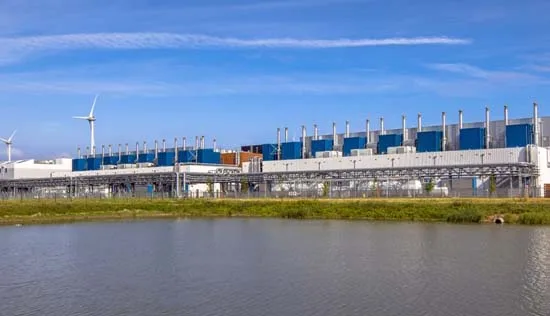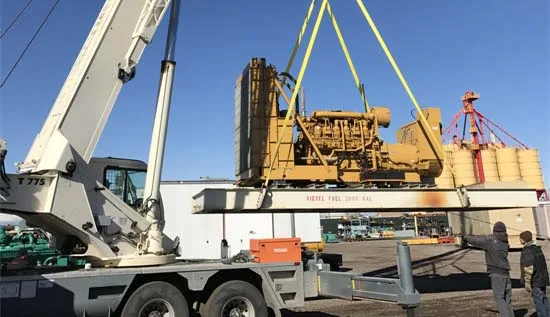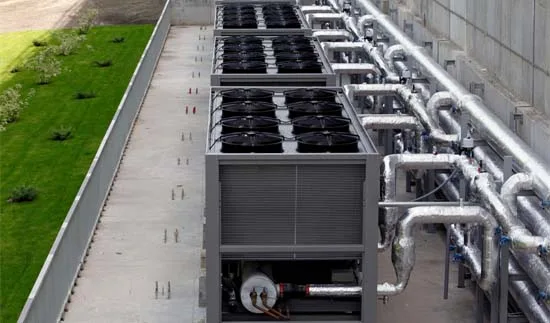Decommissioning a data center is a complex process that requires meticulous planning and execution. Checklists help streamline this process, ensuring all steps are accounted for and compliance standards are met. Below is a guide tailored for decommissioning large-scale facilities, like the Google Data Center Complex.
Overview
Data centers fall into two main categories:
- Corporate Data Centers: Serve internal corporate functions, without leasing to external entities.
- Cloud Server Data Centers: Lease server space and provide communication services to external clients.
A well-designed checklist, developed during the project planning stage, is essential for managing the decommissioning process. It allows for tracking progress, ensuring no step is missed, and maintaining regulatory compliance, especially for hazardous materials.

Server Decommissioning Checklist
Servers are the core of any data center. Decommissioning these requires careful handling to protect data and comply with regulations.
Steps include:
- Scheduling & Identification
- Identify servers for decommissioning and set a schedule.
- Documentation & Contracts
- Locate all software licenses.
- Cancel maintenance and software contracts.
- Data Backup & Removal
- Backup all server data.
- Disconnect servers from the network.
- Remove subnets, firewalls, and associated software.
- Physical Removal & Data Erasure
- Remove servers from racks for asset recovery or destruction.
- Erase server disks using:
- Software-based data erasure.
- Data wiping tools and physical destruction.
- Document all processes and create a comprehensive file.
- Disposition
- Sell or destroy servers based on asset recovery or compliance needs.
Supporting Systems Decommissioning Checklist
Supporting systems include the emergency power supply and cooling infrastructure that keep the servers operational. These systems must also be dismantled and disposed of appropriately.
Emergency Power Equipment

Steps to decommission include:
- Identification
- Document all generators, fuel systems, and associated equipment.
- Include fuel tanks, piping, exhaust systems, and intake ductwork.
- Electrical Equipment Removal
- Remove Automatic Transfer Switches (ATS), distribution panels, circuit breakers, and control systems.
- Vendor Engagement
- Select vendors to:
- Remove engine oil, coolant, and fuel (reclaim or dispose).
- Deconstruct engines, generators, tanks, and piping.
- Select vendors to:

- Execution
- Schedule and document removal processes.
Cooling Systems Equipment
Steps to decommission include:
- Identification
- List cooling equipment, including CRAC units, chillers, piping, and ventilated flooring.
- Vendor Engagement
- Engage certified vendors for refrigerant reclamation and equipment removal.
- Execution
- Schedule and log the removal process.
- Determine asset recovery or disposal options.

Why Choose Us?
We offer a push-button decommissioning service that ensures:
- Compliance with federal and local regulations.
- Comprehensive asset recovery and disposal solutions.
- A seamless, efficient decommissioning process.
📞 Contact Us to learn more about our decommissioning services and asset recovery programs.